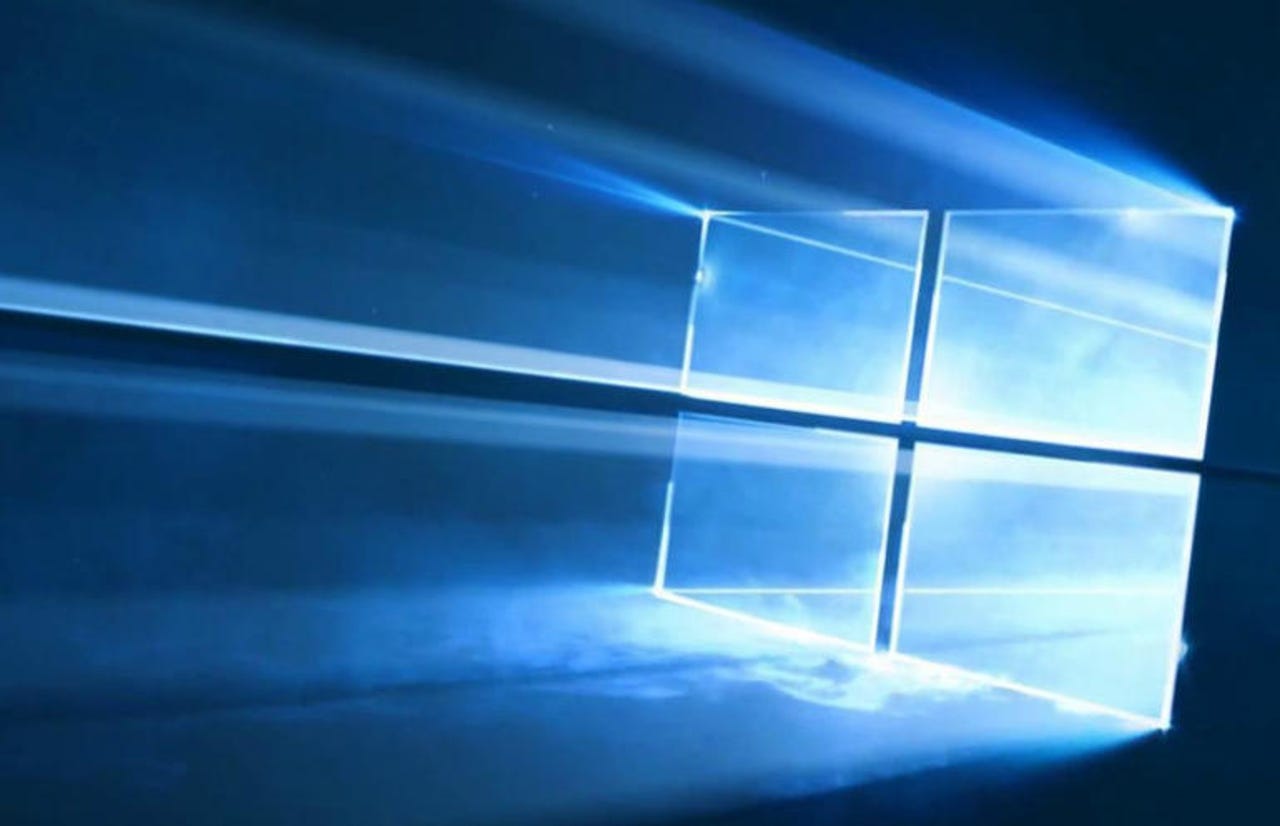What ever happened to the free Windows 10 upgrade offer?


Note: This article was originally published in September 2019 and has been updated significantly and republished several times since then. The current version incorporates details about major changes Microsoft made to the free upgrade program in September 2023.
In January 2017, I wrote a post titled "Here's how you can still get a free Windows 10 upgrade." It became the single most popular post I've ever published at ZDNET, and it is still one of the site's most popular pages.
Also: How to screen record in Windows 10 or 11
In the months after that original publication, I rechecked, revised, and updated the post several times. After the first few updates, though, I ran out of old PCs to upgrade; so I tacked on a note at the end of the article, asking readers who tried this technique to use the contact form and let me know how the experience went.
The response to that request was overwhelming, and I still receive reports today.
Alas, these days, most of those reports are from people confirming that the free upgrade offer no longer results in a valid digital license. That loophole officially closed on September 20, 2023, when Microsoft posted an inconspicuous announcement on a website for its hardware partners. (For details, see "It's official: No more free Windows 10 upgrades".)
Also: 7 ways to make Windows 11 less annoying
Although the upgrade to Windows 10 still works, the newly upgraded PC reports that it's not properly activated. In the Settings app, all options on the Personalization page are unavailable, and this message appears at the top of the page, in red:
"You need to activate Windows before you can personalize your PC."
So why did Microsoft allow those free upgrades in the first place? And is there any chance that it'll revoke those digital licenses, now that the free upgrade offer is officially defunct?
Why did Microsoft do this?
The answer to that first question is easy. Remember, Microsoft's Windows business is predicated on its partnership with PC makers, who pay a license fee for every copy of Windows they install on a new PC. Those OEMs are none too happy about the idea of extending the life of an older PC; they would much rather have you buy a brand-new PC instead.
Also: The best Windows laptops you can buy right now
So, to mollify its OEM partners, Microsoft put a time limit on the free upgrade offer, and when it expired after a year, the company simply didn't speak of it. Today, the Windows marketing team enthusiastically promotes new PCs running Windows 11, and the enterprise sales staff continues to sell volume licenses of Windows Enterprise editions and Microsoft 365 subscriptions. Nobody talks about upgrades.
Frankly, at this point, the only people who are still interested in a free upgrade to Windows 10 are enthusiasts, home users, and very small businesses running hardware that's at least eight years old. That doesn't mean the upgrade will fail, of course. I've received multiple reports of successful Windows 10 upgrades on PCs that date back to the very beginning of the Windows 7 era in 2009-2011.
But most of those ancient PCs have been retired. The vast majority of Windows PCs sold in the past eight years included Windows 10 licenses, and even businesses who stuck with Windows 7 to the bitter end typically did so by exercising downgrade rights. They're free to install Windows 10 anytime, without having to jump through any hoops.
On PCs that were originally sold with older versions of Windows, Microsoft's calculus is pretty straightforward: It's in the company's best interests to see those old Windows versions replaced, both for support purposes and to improve the security of the Windows ecosystem. There's little or no profit in trying to sell upgrades to that market, and there's plenty of goodwill to reap by making those upgrades easy.
But is there a catch?
The second question is a little tougher. Is there a catch? In technical terms, no. A PC that upgraded from Windows 7 or Windows 8.1 to Windows 10 before the cutoff date in September 2023 reports that it is activated and has a digital license for Windows 10.
Also: How to downgrade from Windows 11 to Windows 10
Is that license legal? As I've said many times, I am not a lawyer, so I can't offer legal advice. But I have a lot of experience with Windows licensing, and it's literally inconceivable (and yes, that word means exactly what you think it means) that Microsoft would choose to enforce an ambiguous license agreement against its retail customers. They are, after all, prospects to subscribe to Microsoft 365, buy Xbox hardware and games, play Minecraft, use Microsoft Copilot, and eventually buy a new Windows 11 PC from one of those aforementioned partners.
And whatever pittance Microsoft's bean counters might be able to squeeze out of those upgrades wouldn't come close to balancing the very, very bad publicity that would come from sending threatening letters to retirees and mom-and-pop businesses that are trying to squeeze a few extra years of life out of their old hardware.
If you're running a business, of course, the calculation is different. Do you really want to be unsure about whether your business software assets are properly licensed? (Your accountant will tell you no.) But here too I'm convinced that there's roughly zero likelihood that the software police are going to haul any consumers or small business owners away because they decided to upgrade an old PC.
Also: How to send and receive iMessages on Windows
Ultimately, this all ties into the new Windows retail licensing model Microsoft introduced with Windows 10 way back in 2015. You only have to buy the license once, usually with a new PC, and after that, all the upgrades are free, as long as the hardware allows it. That's the official policy with Windows 10 and Windows 11, and it's clear that the unofficial policy includes older Windows versions too.